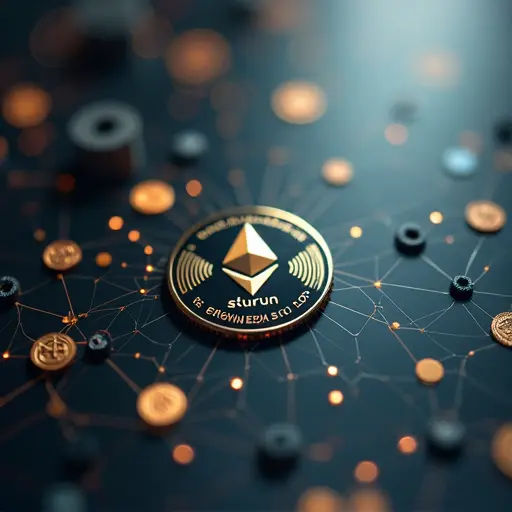
Web3 Gaming and Crypto Integration: The Future of Blockchain in Gaming
Introduction
The gaming industry is undergoing a transformative shift with the integration of Web3 technologies and cryptocurrencies. Blockchain gaming, often referred to as Web3 gaming, is revolutionizing how players interact with virtual worlds, own in-game assets, and earn rewards. This article delves into the latest trends and innovations shaping the future of Web3 gaming in 2025.
The Rise of Web3 Gaming
Web3 gaming leverages blockchain technology to enable true ownership of in-game assets through non-fungible tokens (NFTs) and decentralized finance (DeFi) mechanisms. Players can trade, sell, or use these assets across multiple games, creating a seamless and interconnected gaming ecosystem. According to the Blockchain Game Alliance (BGA), the industry is witnessing unprecedented growth, driven by advancements in infrastructure and user experience.
Key Trends in 2025
1. Infrastructure Consolidation
The Web3 gaming space is experiencing a surge in infrastructure development, leading to oversaturation. BGA predicts consolidation as projects focus on collaboration rather than reinvention. "Chains could merge into integrated ecosystems, or interoperability innovations could create the unified experience users and builders need," says Megan Doyle, Growth Marketing Director at Sequence.
2. Seamless Web3 Integration
Web3 elements are increasingly operating in the background, reducing friction for players. Advances in onboarding and account abstraction allow players to engage with Web3 games without needing to understand the underlying technology. "Players won’t need to touch Web3 until there’s a strong incentive," notes Jack O’Holleran, CEO of SKALE Labs.
3. AI-Powered Personalization
Artificial intelligence (AI) is transforming gaming by enabling fully on-chain games and autonomous worlds. AI’s ability to analyze player behavior unlocks personalized recommendations and dynamic interactions, redefining player engagement.
4. Enhanced Interoperability
Interoperability is moving beyond asset transfers, allowing players to carry achievements, skills, and reputations across platforms. "Imagine an RPG-captured Pixelmon being used as a card in a TCG game," says Giulio Xiloyannis, CEO of Pixelmon.
Challenges and Opportunities
Despite its potential, Web3 gaming faces challenges such as onboarding hurdles and misconceptions about blockchain. However, small- to mid-sized studios transitioning into Web3 are driving growth. "Web3 offers more monetization avenues for indie studios," explains Sava Tesanovic, Co-founder of Echo of the Horizon.
Conclusion
The future of Web3 gaming is bright, with innovations in infrastructure, AI, and interoperability paving the way for a player-centric ecosystem. As the industry evolves, the focus remains on delivering seamless and engaging experiences that redefine gaming for a global audience.

 Nederlands
Nederlands
 English
English
 French
French
 Deutsch
Deutsch
 Espaniol
Espaniol
 Portugese
Portugese





